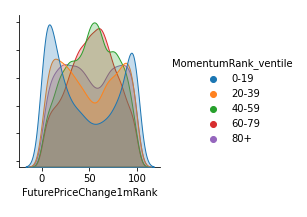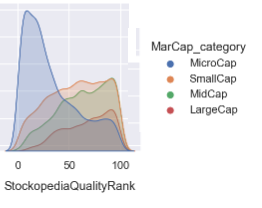Over the last 6 or so years, on and off, I've been performing a lot of back testing attempting to define a systematic, rules based, trading strategy. Recently I decided to revive this work focussing on trading in 2020.
Summary of main discoveries:
- August 2018 onwards, and 2020 in particular have been tough times for my ranking based strategy
- Buy and Hold would have worked better than stops / sell signals in 2020
- £SUK2 could be a very good hedge for falling markets
Background
The aim of my back testing never was, and still isn’t, to develop a mechanical trading strategy - I'm not temperamentally capable of following one even if I had it!
Rather what I'm hoping to achieve is to formalise, and test the effectiveness of, some of the decisions I make during my trading, and ideally to improve my trading outcomes as a result.
My original intention was to write up the process as I went, but it quickly became apparent it was going to be:
- VERY, very long, and
- VERY dull reading - lots and lots of tabular comparisons of data, and
- Take a VERY long time - in the last year alone I've run almost 400 experiments, each taking between a few minutes and a few days to execute (depending on what was being tested). Add in the time to analyse the results and develop the tests and it amounts to a lot of time, both compute and personal, so...
- I'll probably never be finished! And finally...
- The development of the strategy was undertaken using data in periods where I had no Stockopedia ranking information so is based on my own rankings, which I suspect are pretty irrelevant to Stockopedia subscribers.
Instead I decided to share where I'm up to, without going into the details of how I got there, and illustrate a couple of interesting (to me at least) learnings from starting to examine 2020 using Stockopedia ranking data.
I'm not going to discuss back testing as a process at all here as there are plenty of articles about it around already, for example on Investopedia .
It is certainly not without it's drawbacks, however I find it very useful.
The back testing approach I’ve developed aims to simulate my own trading patterns and circumstances (minus my own input, obviously!) as closely as possible, for example:
- Working within a limited budget
- Performing research out…







